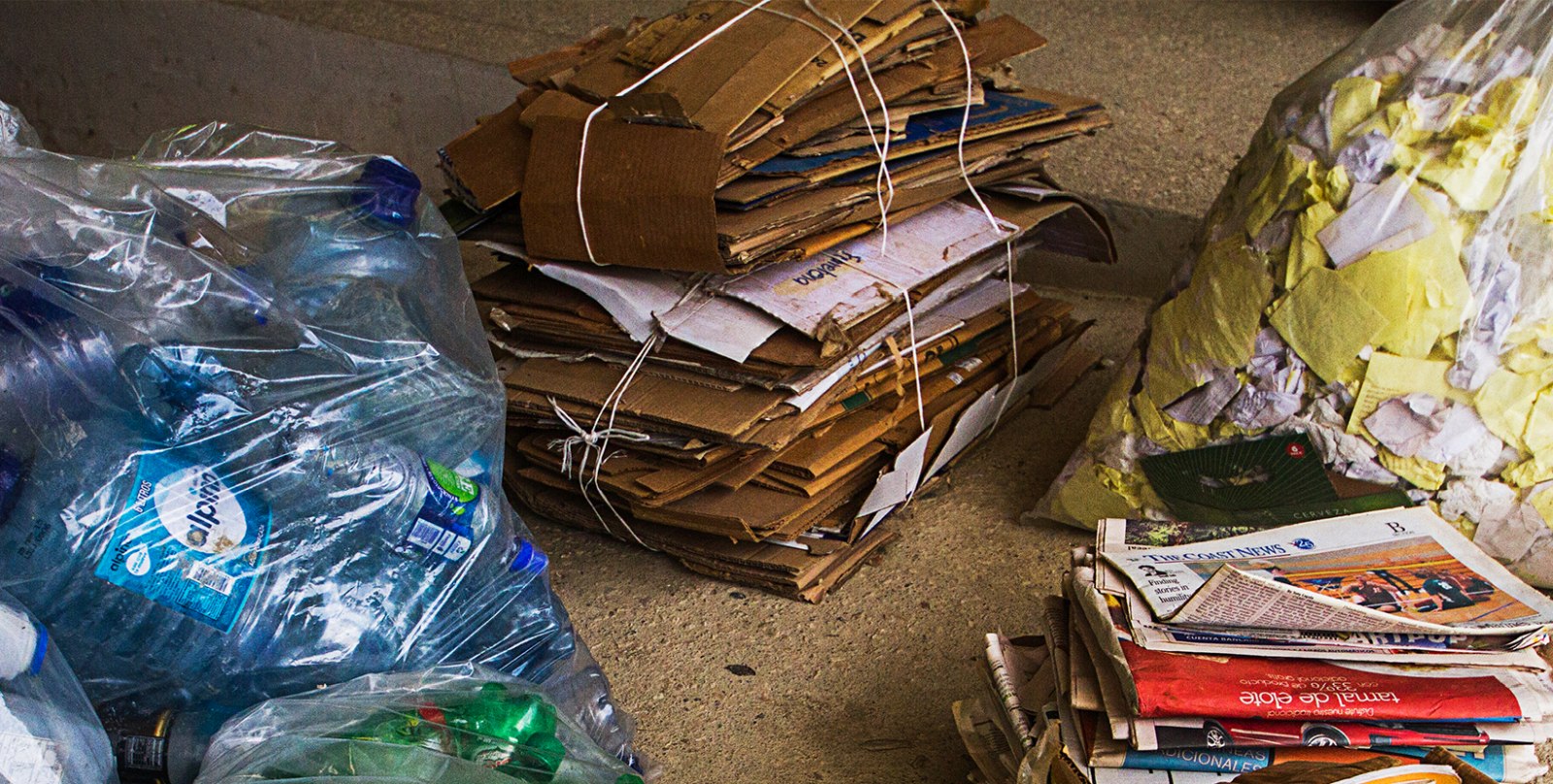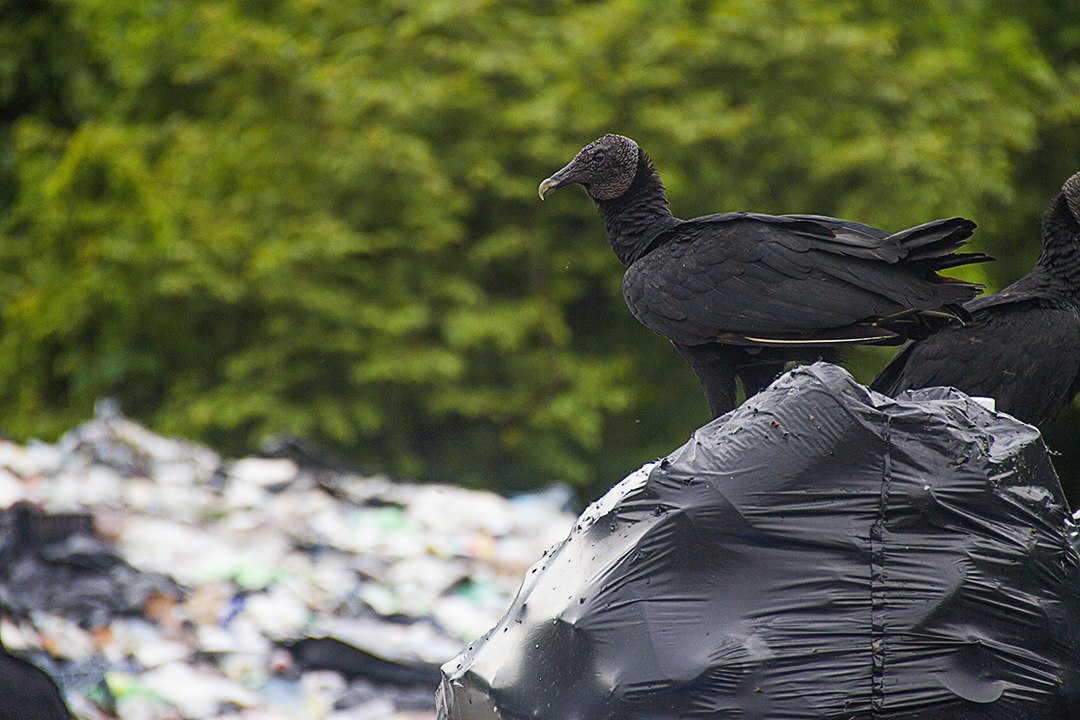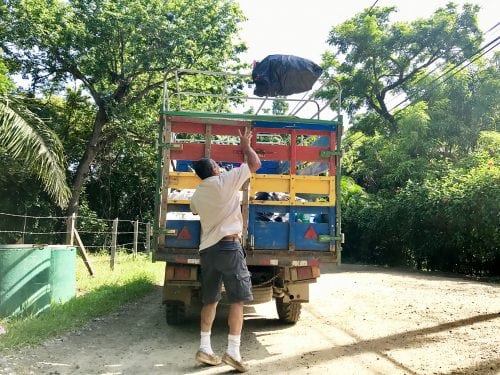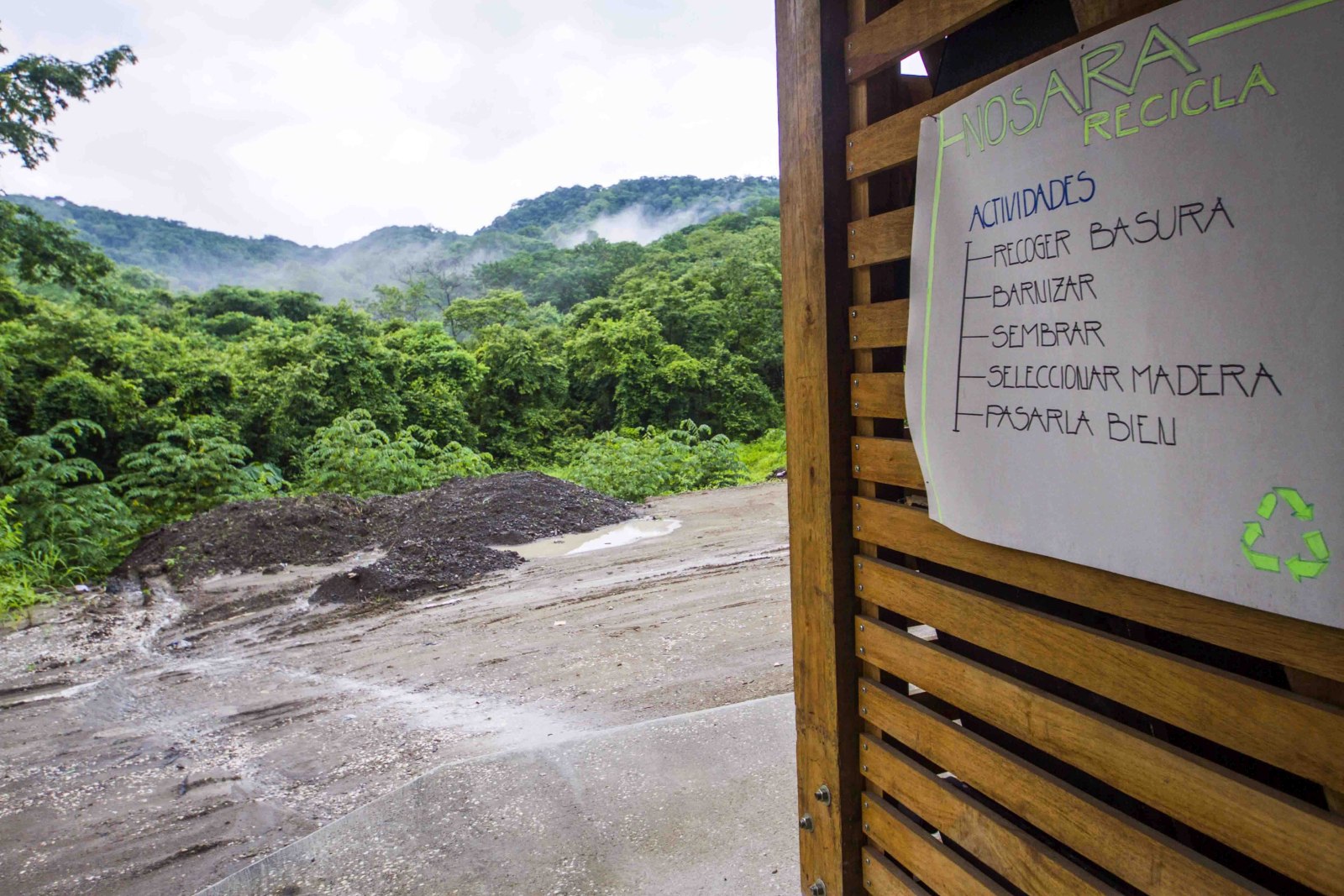
“We want a place that used to be one of the worst focal points of pollution in the canton to become a model of recycling,” said Douglas Arauz Alvarado, environmental manager for the Municipality of Nandayure, about the mayoral office’s plans for land that was once used as a municipal dump.
Garbage continues to be a problematic subject in various Guanacaste cantons and Nandayure is no exception. During some 30 years of operation, the waste deposited at the dump was never treated for leaching or gas emissions, according to the municipality’s environmental management department.
The reason, according to Arauz, was that from the dump’s first day in operation the technical mechanisms for the correct treatment of waste were never established, including waterproofing processes, drainage systems, slopes and chimneys, which are necessary for the adequate compaction and final disposal of the waste.
“We can’t treat leached substances or gasses because it’s not technically possible. When the dump was created, they didn’t do those processes and now we can’t dig up everything that is already compacted or install a chimney where there is almost 30 years of compacted trash,” explained Arauz.
For that reason, since the end of 2011 the municipality has been paying ₵40 million ($74,000) annually to the company Manejo Integral Tecno Ambiente (Technical Environment Comprehensive Management) for solid waste management services. The company is headquartered in Miramar de Puntarenas.
Each month, Nandayure generates approximately 80 tons of solid waste.
Of the six districts that make up the canton of Nandayure, currently Bejuco, Carmona, Santa Rita and San Pablo have collection points set up where Tecno Ambiente’s trucks pick up non-recyclable garbage twice per week. In Bejuco’s case, trash is only collected once per month.
The recyclable materials from those collection points are separated and sold by community residents.
For that reason, the municipality is promoting two projects to incentivize recycling, which will both be located on the 1.3 hectares where the dump was previously located.
The first is an ordinary solid waste recovery center, which will require an investment of ₵8 million ($14,800) and be financed by the municipality.
In addition, the municipality hopes to generate jobs for the canton’s homemaker mothers through work available at the facility.
According to Arauz, the building’s design has already been presented to the mayor and members of the municipal council so that, with their approval, construction can begin in November of this year.
The second recycling project is a solid agricultural waste recovery center, which will be located next to the ordinary solid waste center. The project will be donated through an agreement between the Let’s Clean Our Land Foundation (Fundacion Limpiemos Nuestros Campos) and the Ministry of Agriculture and Livestock (MAG – Ministerio de Agricultura y Ganaderia). The goal is to collect containers that held herbicides, fertilizers, pesticides, fungicides and other garbage created by agriculture.
At the center, a washing and trituration process will be used on collected waste, which will be compacted and then taken by Clean Our Land to be transported to Brazil, where there is a plant for the final disposal for the waste. As such, Arauz reported that the second project hinges on MAG’s processes in order to begin with the bidding and contracting stage for the company that will build the facility, which has a cost of approximately ₵25 million ($46,300).
Arauz stated that the Municipality of Nandayure hopes to finalize the recycling projects, as the area is highly agricultural and in need of options to address environmental and waste management issues.
“We are very impressed and optimistic about the creation of these recovery centers and we want Nandayure to be a model of recycling,” said Arauz.







Comments